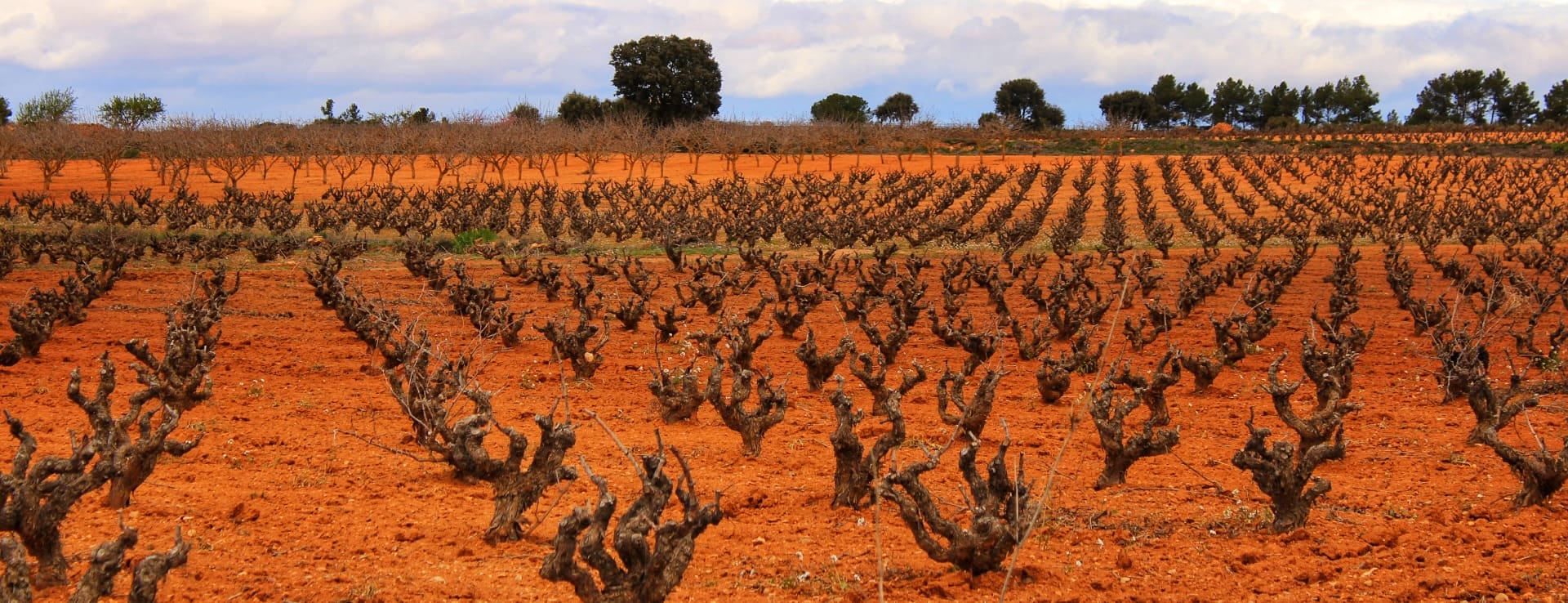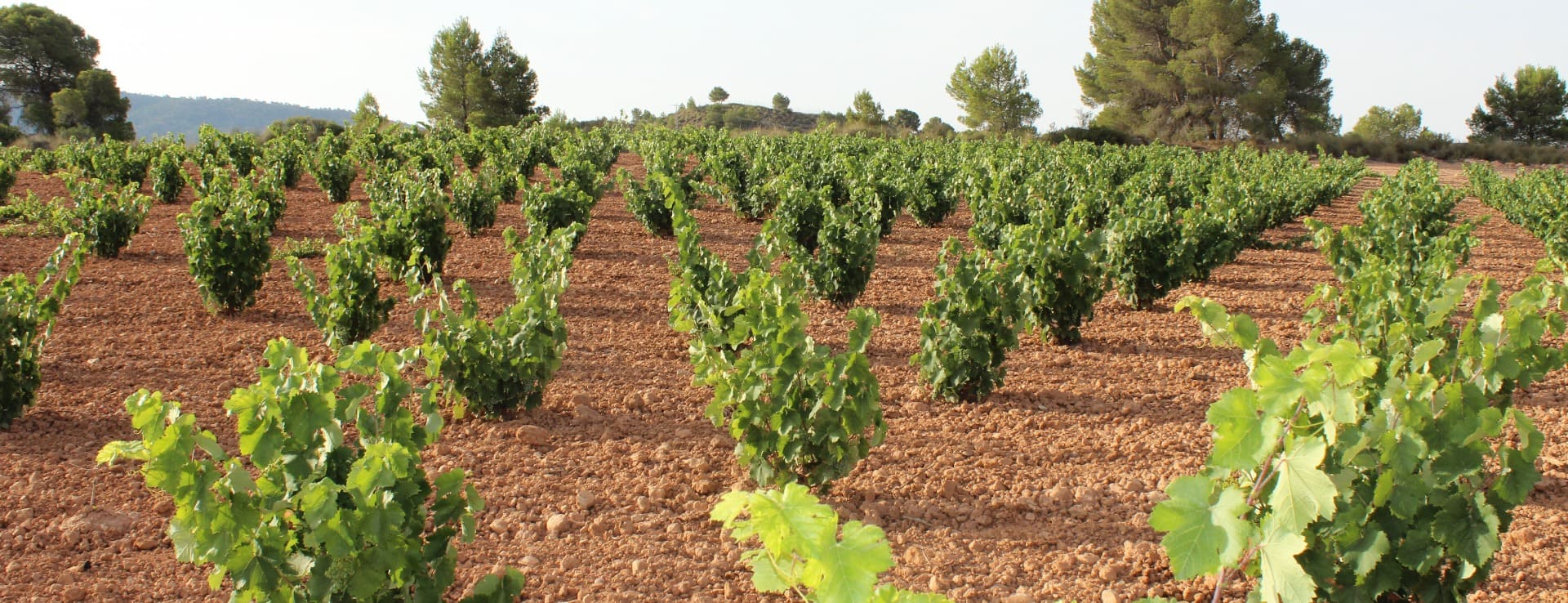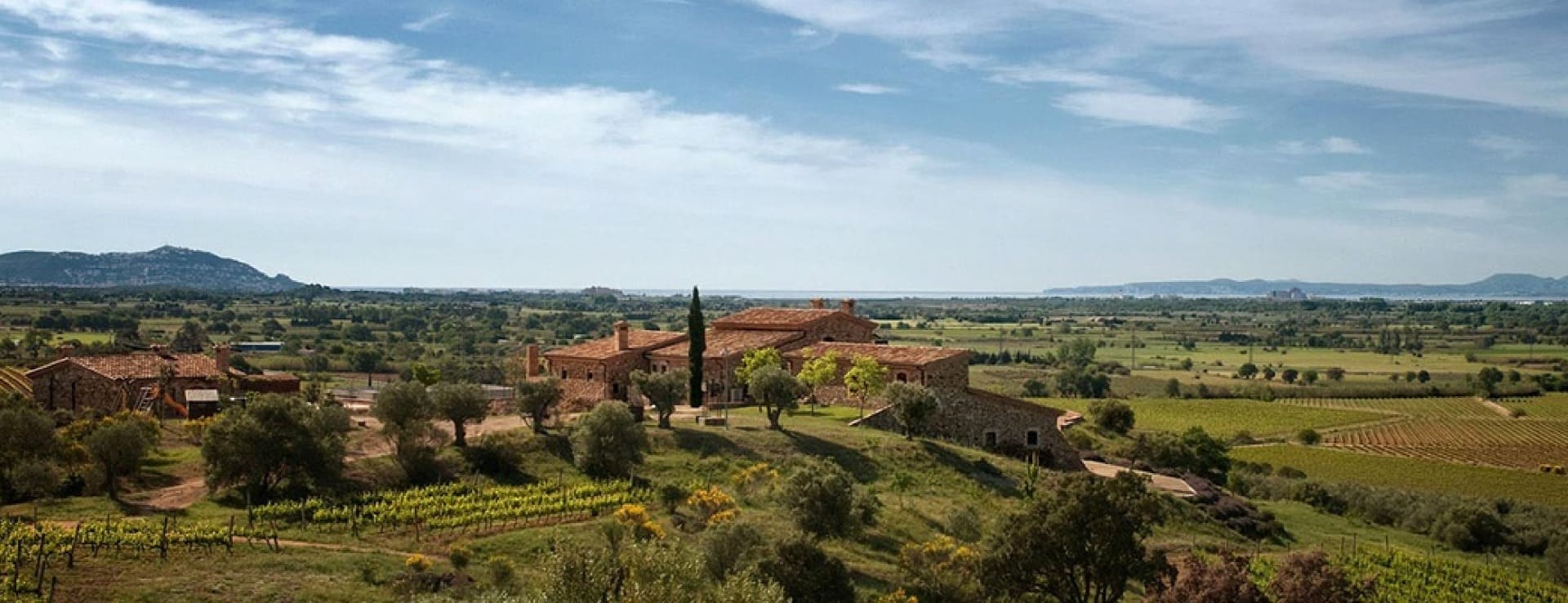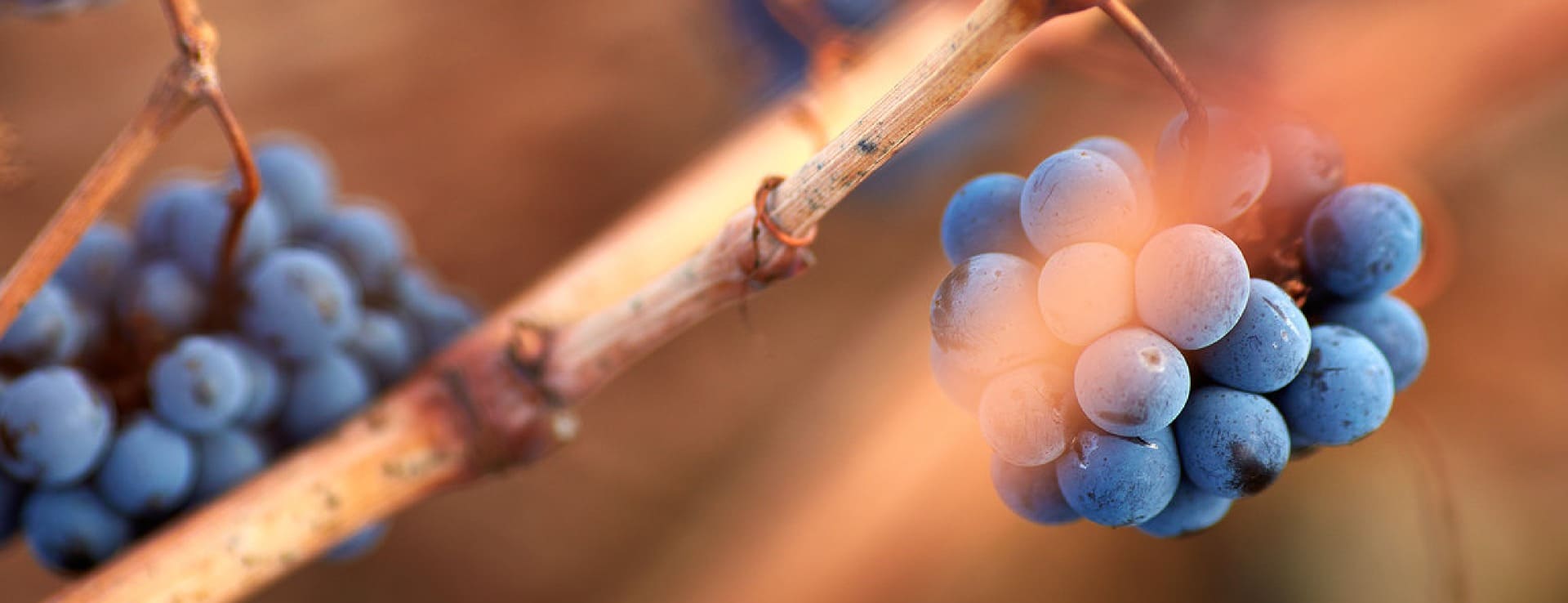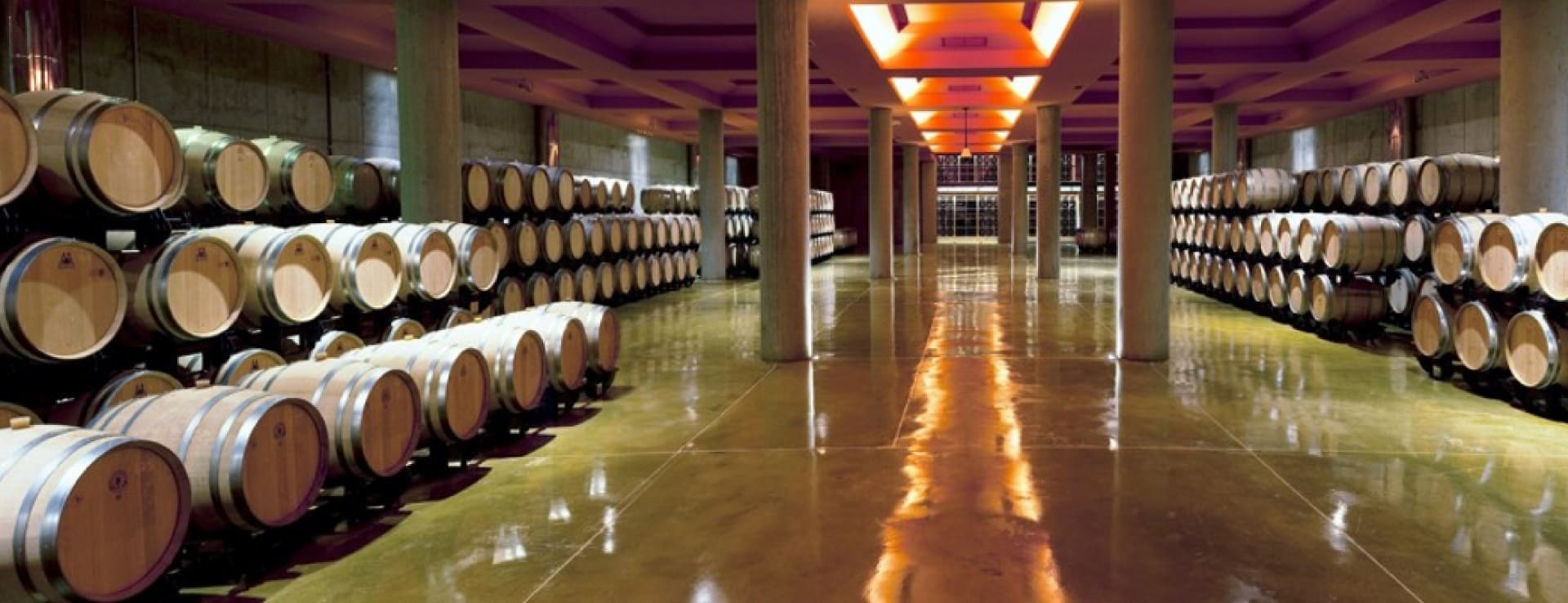Find your winery or vineyard
Infographic of the Denomination of Origin
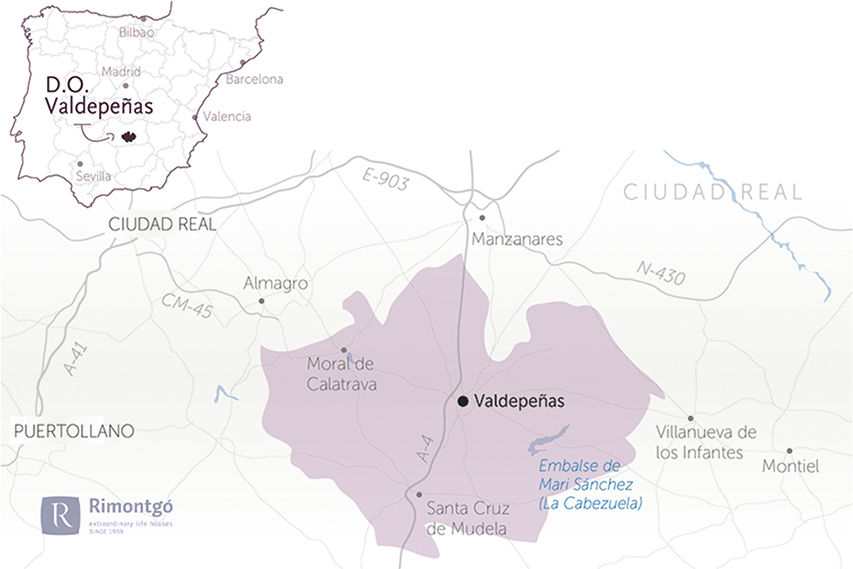
Change to imperial units (ft2, ac, °F)Change to international units (m2, h, °C)
D.O. year of foundation:
1932
Number of wineries (2017):
21
Total surface area:
22.032 ha54.441 ac
Maximum production allowed:
6.000 kg/ha5.353 lb/ac
Altitude of the vineyards:
Min: 650m
Max: 820m
Min: 2.133ft
Max: 2.690ft
Temperature:
Min: -7º
Max: 40º
Min: 19°F
Max: 104°F
Yearly hours of sun:
2.500
Yearly rainfall:
400 l/m237 l/ft2
DO Valdepeñas
LOCATION AND HISTORY
The vineyards of the DO Valdepeñas are found in the south of Castilla-La Mancha, amongst the south of Spain, the Mediterranean regions, Extremadura and the central plateau. The most southern region is found in the foothills of Sierra Morena, which forms a natural border with Andalucía, and the most valuable vineyards are found in Los Llanos in the West and Las Aberturas in the North. With a long history of wine production, many vineyards of Airén grape were planted after the phylloxera plague, and nowadays they have a unique style which is of great interest in the market.
SOILS
Geologically, the area is sat on a plain surrounded by hills and its soil is of limestone base, with a Miocene origin, and with a calcareous sub-soil of 25 centimetres beneath the surface which enables good water retention. The top layer is shallow and stony, varying in color from brownish red to brownish white, with a high proportion of limestone that sometimes forms a crust in the lower layers and must be broken in order to plant. The soil is low in organic content and quite healthy.
CLIMATE
The location of Valdepeñas protects the vineyards from the hot and humid wind of the Mediterranean, giving it an extreme continental climate with cold winters and very hot summers, which verge on the semi-arid. The rainfall is scarce, generally concentrated in spring and autumn, but this encourages the qualities of an especially strong vine and with a guarantee of survival.
TYPE OF GRAPE
The producers of Valdepeñas replanted mainly the white Airén grape, since it is one of the most resistant, but the Tempranillo (Cencibel) is, in reality, one of the most important ones, with 47% of the vineyards. Also grown are Verdejo, Macabeo, Chardonnay and Sauvignon Blanc. In terms of red varieties, there is Cabernet Sauvignon, Garnacha, Syrah, Merlot, and Petit Verdot.
Discover more wineries and vineyards for sale in these wine regions in Spain
Subscribe to our mailing list to receive news about wineries and vineyards.

